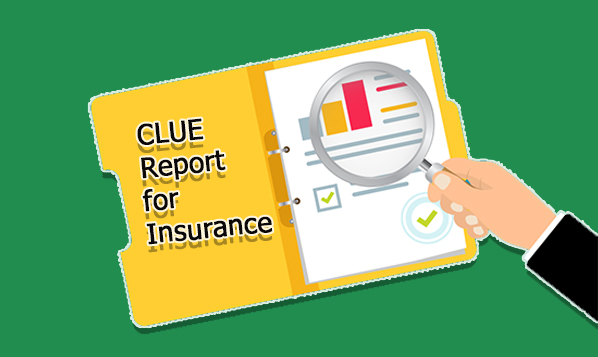Are you curious about the coverage cost of a house that you intend to buy? Or why is the rate of your home insurance higher than your neighbor’s? To get a definite answer to these questions, you might intend to review the property’s insurance claim history. In other words, an insurance report from the Comprehensive Loss Underwriting Exchange (CLUE) offers them this information.

Comprehensive Loss Underwriting Exchange (CLUE) is a documentation report for insurance established by the data analytics company LexisNexis. According to most insurance providers, it displays personal property or auto claims history. In addition, the CLUE report is used by providers to review your risk and estimate costs with other databases. Continue reading to find out more information that you need to know about the CLUE report for insurance.
How Does CLUE Report for Insurance Work
The CLUE report offers two kinds of insurance claims, such as home insurance claims and car insurance claims. A CLUE report for home insurance includes the beneficiary, claim-made property, payment amount, and date of birth. However, a CLUE report for car insurance offers details about submitted claims for a specific vehicle.
This may include the driver’s name, policy number, policyholder, date of claim filing, claim type (collision or liability), and amount paid. It may also include the make, model, and vehicle identification number of the vehicle involved in the accident. Making inquiries of a CLUE report before purchasing a home or car can help potential buyers determine if there is unknown damage that needs to be solved before closing on the purchase.
What Is Added to a CLUE Report for Insurance
A CLUE report is presented by insurance providers when a claim begins, is rejected, or is disbursed. According to LexisNexis, it’s advisable for providers not to report claim information when consulting them for coverage or deductible queries. Furthermore, the report involves details from previous years, depending on if it’s a home or car report.
Home reports consist of;
- Name of policyholder.
- Date of birth of policyholder.
- Property address.
- Date of loss.
- Kind of a loss.
- Policy number.
- The amounts paid.
- Property description.
Car reports consist of:
- Name of policyholder.
- Date of birth of policyholder.
- Vehicle make and model Policy number.
- VIN, or vehicle identifying number.
- Date of loss.
- Kind of a loss.
- Sums paid.
What Is Not Added to a CLUE Report for Insurance
Any form of lawsuit, civil judgment, credit, or criminal record is not added to the CLUE report for insurance. Information concerning the necessary coverage will not be submitted by the provider. Details like which area of the house was damaged will not be included in the report. However, if you’re purchasing a home, it should provide you with enough details to ask the owner to elaborate. The property address and policyholder details, such as name and policy number, are also commonly included in CLUE reports.
How Does the CLUE Report Affect Your Insurance Rates
Insurance providers utilize the CLUE report to forecast file claims. They consist of past losses incurred by former home and car owners. A business can decide on coverage and prices if it can demonstrate a relationship between the chance of a future loss and the loss suffered by a prior owner. A home’s wildfire zone may be indicated by claims for theft or fire damage.
Generally, claims result in higher premiums, but some claims, like tire or roof replacements, may indicate less likely future repairs and reduced rates. To guarantee accuracy in your CLUE report, it is essential to specify if you are submitting a claim or an inquiry. The report and altered rates might even mention a serious investigation.
Why Should You Request a CLUE Report
You might be able to avoid purchasing troublesome real estate or save money on your policy by requesting an insurance CLUE analysis. Evaluating a CLUE report may be helpful in the following circumstances:
Shopping for coverage
Before purchasing insurance, it’s crucial to review your CLUE report to avoid inaccurate information, especially for individuals with common names. Inaccurate claims can significantly affect insurance rates. You can challenge errors with LexisNexis by ordering a CLUE in advance, guaranteeing a comprehensive and accurate insurance assessment before making a purchasing choice.
Evaluating your house
Potential buyers may find a CLUE report to be a useful selling tool since it increases their trust in the quality of the property if it is claims-free. If there has been a big claim for a covered loss in the past, the report can assist in determining whether additional coverage is required when purchasing a home.
Purchasing a home or car
Recurring claims on a CLUE report may be a sign of possible flaws or future risk for similar claims. For instance, a home with a history of claims because of wall-bursting pipes could be problematic. Or there can be unrepaired underlying damage in a car with multiple claims.
Insurance policy renewal
You might want to check your CLUE report for errors if you receive a significant rate increase for your vehicle or home insurance policy. You have the option to submit a CLUE report dispute if there is a problem with your report.

